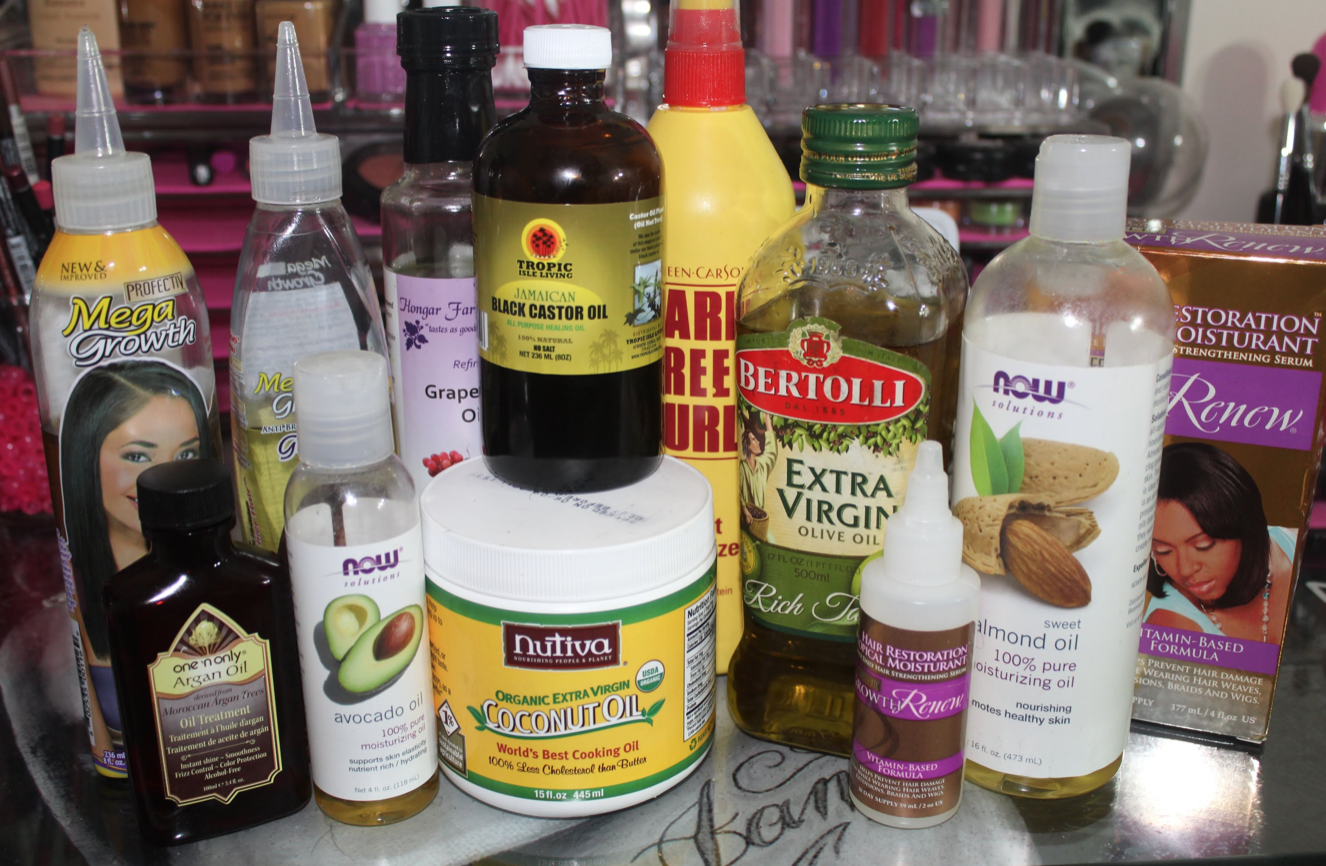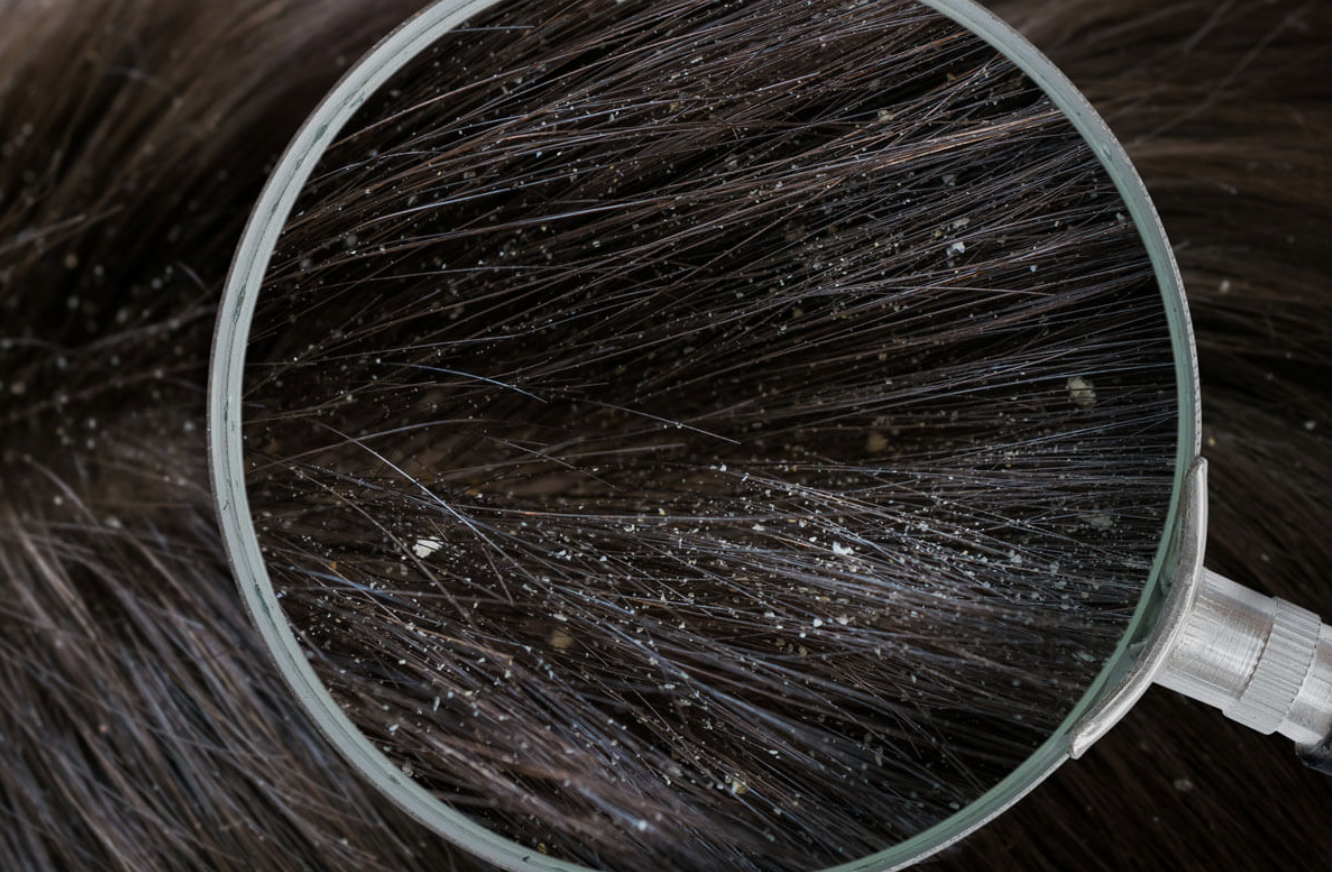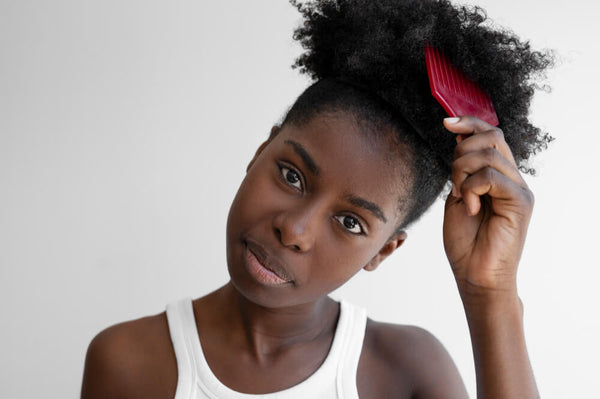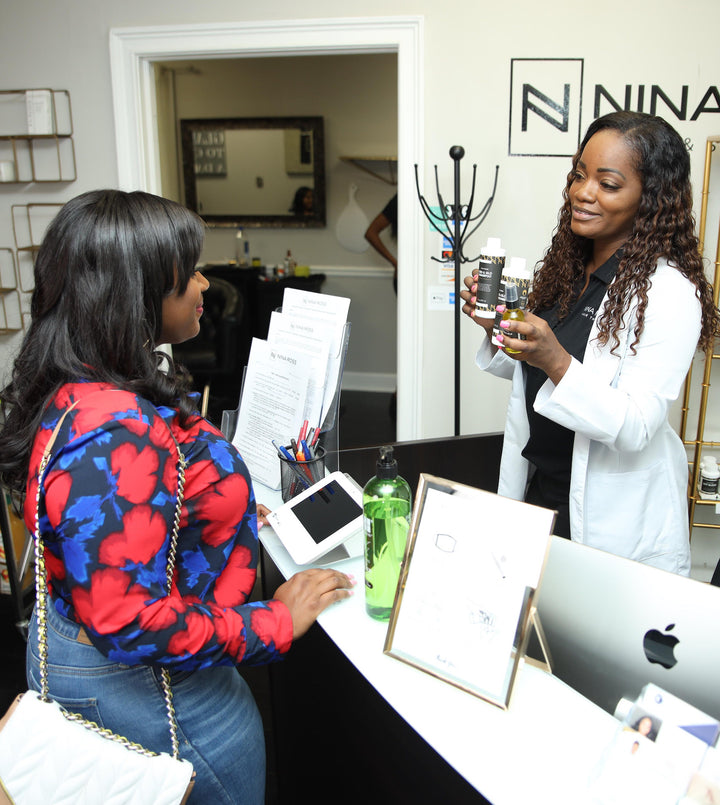Let me paint a picture you might recognize: It's day three after washing, and your scalp is starting to feel that familiar tightness. You reach for your favorite growth oil, massaging it in to relieve the dryness. For a few hours, you feel better. But by tomorrow? The itch is back with a vengeance, and now your scalp feels greasy yet still somehow... thirsty.
If this is your cycle, I need to tell you something that might go against everything you've been taught: That oil you're using to solve the problem might be causing it.
The Vicious Cycle We Create Without Realizing It
Here's what's really happening on your scalp:
The Buildup Layer Cake:
-
Layer 1: Your scalp's natural sebum
-
Layer 2: Heavy butters and oils from your products
-
Layer 3: Dead skin cells and environmental debris
The result is petri dish on your scalp that yeast and bacteria absolutely love.
The Inflammation Response:
When follicles get clogged, they become inflamed. Your body sends immune cells to attack what it sees as an invader. This inflammation slowly damages the follicle's ability to produce healthy hair.
The Moisture Lie:
Oil doesn't moisturize—it seals. So you're sealing dryness and buildup underneath a layer of grease. Your scalp can't breathe, your follicles are suffocating, and the cycle continues.
Why This Hits Black Women Especially Hard
Our hair traditions often emphasize "sealing in moisture" with heavy oils and butters. But when combined with:
-
The natural density of our hair
-
Longer periods between washes
-
The use of protective styles that trap buildup
-
Our unique curl pattern that slows natural oil distribution
we create the perfect environment for follicular damage. I've seen more cases of oil-induced folliculitis and early CCCA in women who "never let anything touch their hair but oil" than in any other group.

The 3 Signs You're Using Too Much Oil
The "Greasy But Itchy" Paradox
Your hair looks oily but your scalp feels tight and itchy. This means the oil is sitting on top of sealed, dehydrated skin.
The Little Bumps Along Your Hairline
Those aren't "new growth"—they're inflamed follicles crying for help.
The Hair That Won't Grow Past a Certain Length
When follicles are chronically inflamed, they can't produce strong, long-lasting hair shafts.
Our Approach: Resetting Your Scalp's Natural Balance
At Nina Ross Hair Therapy, we help you break the cycle without abandoning the cultural practices that matter to you.

We Start with a Scalp Detox:
Using medical-grade clarifying treatments that break up buildup without stripping your hair's natural moisture barrier.
We Teach Smart Product Layering:
-
Water-based products first (hydrators)
-
Cream-based products next (moisturizers)
-
Oil-based products last (sealants) - and only on ends, not scalp
We Address the Underlying Inflammation:
Through targeted treatments and sometimes PRP therapy to calm the inflammatory response that's damaging your follicles.
What You Can Start Doing Differently Tonight
Wash Weekly, Not Monthly:
I know this goes against "protective styling" wisdom, but buildup doesn't protect—it damages. Weekly washing is non-negotiable for scalp health.
The "Less is More" Approach:
Use a very small amount of oil on your ENDS only after you’ve applied any of your water-based moisturizers.
Scalp Massage > Oil Application:
When your scalp feels dry, don’t oil it right away. Try to massage it with your fingertips to increase blood flow without adding more buildup.
Your Scalp Shouldn't Be a Battlefield
I've watched women transform from constantly fighting their scalp to having peaceful, balanced skin that actually supports hair growth. The relief isn't just physical but also an emotional freedom that makes you not worry about itchiness and flakes.
Ready to Break the Cycle?
If you're tired of the grease-itch-grease cycle and ready to actually heal your scalp, book your Hair Therapy Evaluation with us today for just $99 and let's give your scalp the peace it needs.














